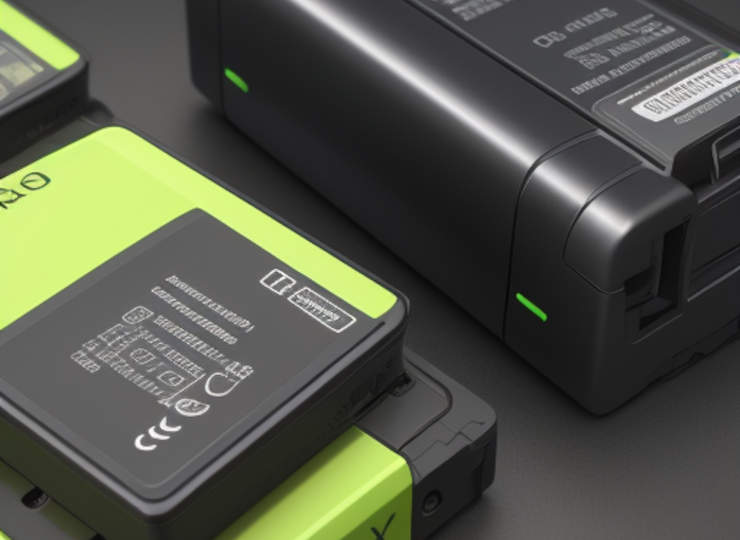文字のサイズ
- 小
- 中
- 大
What is the best xEV drive battery?
The challenge for complete vehicle manufacturers has so far been how to procure batteries cheaply.

The share of Chinese-led LFP batteries has been increasing in recent years as a solution for xEV drive batteries, as the batteries account for nearly 40% of the total BEV cost. However, the slowdown in BEV sales growth in the world’s major regions from 2023 onwards appears to be changing the thinking of complete vehicle manufacturers regarding batteries. One of the key factors is the ‘charging infrastructure’ and ‘charging time’, not to mention the high product price.
Although there are nearly 30,000 charging stations in Japan, the number of quick-charging stations, especially those in the 100 kW class and above, is low. The aim is to maximise the performance of BEVs not only by making batteries cheaper, but also by determining how they are used. However, there is a growing realisation, particularly among engineers, that LFP alone is not sufficient to solve the above-mentioned problems, and it is difficult to innovate the LFP battery cell itself, so we are changing the recipe, including additives, to increase energy density and other parameters, but there are limits. The LFP battery itself is difficult to innovate.
On the other hand, ternary batteries have been innovating their performance to exceed the theoretical energy density depending on the recipe, and the reemergence of ternary batteries is one to watch as the mass production of all-solid-state batteries is delayed. At one time, battery manufacturers not only in Japan but also in South Korea, the USA and Europe all saw LFP batteries as a threat and worked to develop and mass-produce them. However, I think it is necessary to look at the battery from the perspective of the current BEV market situation, the response to diverse needs, and sustainability.
This report examines and analyses the business development and competitive landscape of the major car manufacturers and component suppliers with regard to batteries for electric vehicles (xEVs) worldwide. The report also provides basic information on the challenges and future direction of the industry, which is indispensable for the formulation of electrification business strategies for automobile manufacturers, automotive parts and materials suppliers, as well as for demand forecasts and decision-making materials. Information.






